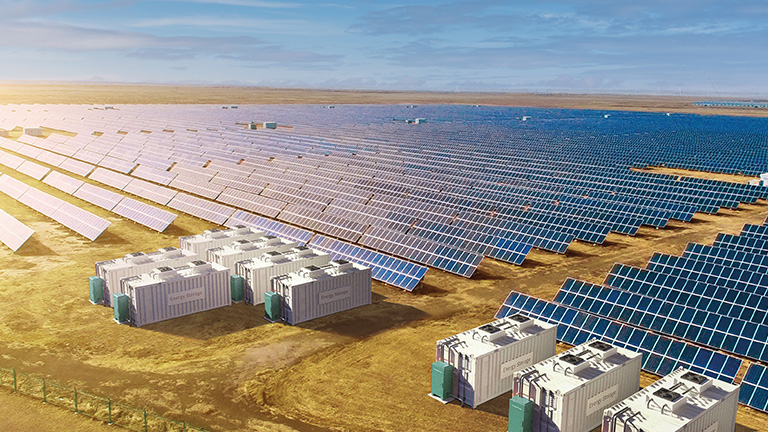Two main capabilities made possible by semiconductors characterize energy storage systems: energy-efficient power conversion and the battery management system. The power conversion system (PCS) handles AC/DC and DC/AC conversion, with energy flowing into the batteries to charge them or being converted from the battery storage into AC power and fed into the grid. The energy-efficiency of this power conversion process depends heavily on semiconductor technologies.
However, when it comes to energy storage, it’s equally important to manage the battery safely and efficiently. For this reason, the battery management system (BMS) is a key component of energy storage systems. Based on dedicated ICs and complemented by a microcontroller that handles system control and communication the BMS is responsible for cell protection, charging and discharging, cell balancing, power optimization, and health assessment.
Our goal is to drive sustainability in this area by developing solutions to get as much as possible out of used batteries as well. Infineon therefore supports battery management approaches that give old batteries a second life with the help of semiconductor technologies.
Application page: Energy storage systems
Deeper insight: Whitepaper, application presentation, on-demand webinar
